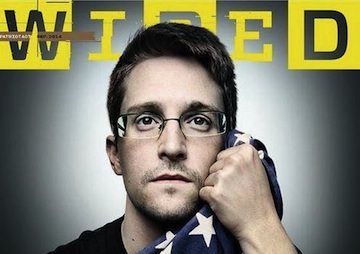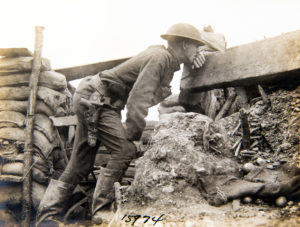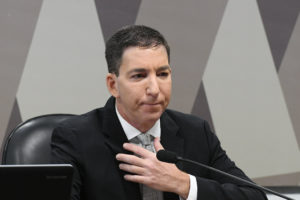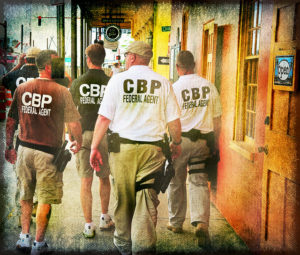Edward Snowden: Surveillance, Spying Practices Have Brought U.S. to ‘Brink of the Abyss’
Edward Snowden has just been granted three more years of asylum in Russia, and the former NSA contractor-turned-whistle-blower is understandably choosy about whom he meets with in person. Wired/Platon
Wired/Platon
Wired/Platon
Edward Snowden has just been granted three more years of asylum in Russia, and the former NSA contractor-turned-whistle-blower is understandably choosy about whom he meets with in person. In June, he gave top NSA expert James Bamford a good deal of his time for an in-depth Wired story, and Bamford didn’t waste it.
Also read: Edward Snowden Can Stay in Russia for 3 More Years
In the Wired profile, set off memorably by photographer Platon Antoniou’s images (including the particularly striking portrait shown above), Snowden says he built clues into classified files he perused and leaked to make his intentions apparent to the U.S. government, but that wasn’t ultimately how officials have reacted to his choice to pass documents to a select group of journalists in June 2013:
Snowden tells me it doesn’t have to be like this. He says that he actually intended the government to have a good idea about what exactly he stole. Before he made off with the documents, he tried to leave a trail of digital bread crumbs so investigators could determine which documents he copied and took and which he just “touched.” That way, he hoped, the agency would see that his motive was whistle-blowing and not spying for a foreign government. It would also give the government time to prepare for leaks in the future, allowing it to change code words, revise operational plans, and take other steps to mitigate damage. But he believes the NSA’s audit missed those clues and simply reported the total number of documents he touched—1.7 million. (Snowden says he actually took far fewer.) “I figured they would have a hard time,” he says. “I didn’t figure they would be completely incapable.”
Asked to comment on Snowden’s claims, NSA spokesperson Vanee Vines would say only, “If Mr. Snowden wants to discuss his activities, that conversation should be held with the US Department of Justice. He needs to return to the United States to face the charges against him.”
Snowden speculates that the government fears that the documents contain material that’s deeply damaging—secrets the custodians have yet to find. “I think they think there’s a smoking gun in there that would be the death of them all politically,” Snowden says. “The fact that the government’s investigation failed—that they don’t know what was taken and that they keep throwing out these ridiculous huge numbers—implies to me that somewhere in their damage assessment they must have seen something that was like, ‘Holy shit.’ And they think it’s still out there.”
Bamford also writes that, in researching the material Snowden leaked, he came to a similar conclusion as Glenn Greenwald and reckons that there is another whistle-blower working with the press while attributing the leaks to Snowden. Bamford follows a lead to another of Snowden’s press contacts to investigate the possibility of additional informants flying under Snowden’s wing.
Various news outlets are teasing out particular threads from the Wired story, some debating Snowden’s decision to cradle the American flag for the cover photo, and others zooming in on Snowden’s reveal about a cyberwarfare program called MonsterMind. But this is one of those old-school, in-depth pieces that’s best read in its entirety — and worth the time.
–Posted by Kasia Anderson
Your support matters…Independent journalism is under threat and overshadowed by heavily funded mainstream media.
You can help level the playing field. Become a member.
Your tax-deductible contribution keeps us digging beneath the headlines to give you thought-provoking, investigative reporting and analysis that unearths what's really happening- without compromise.
Give today to support our courageous, independent journalists.





You need to be a supporter to comment.
There are currently no responses to this article.
Be the first to respond.